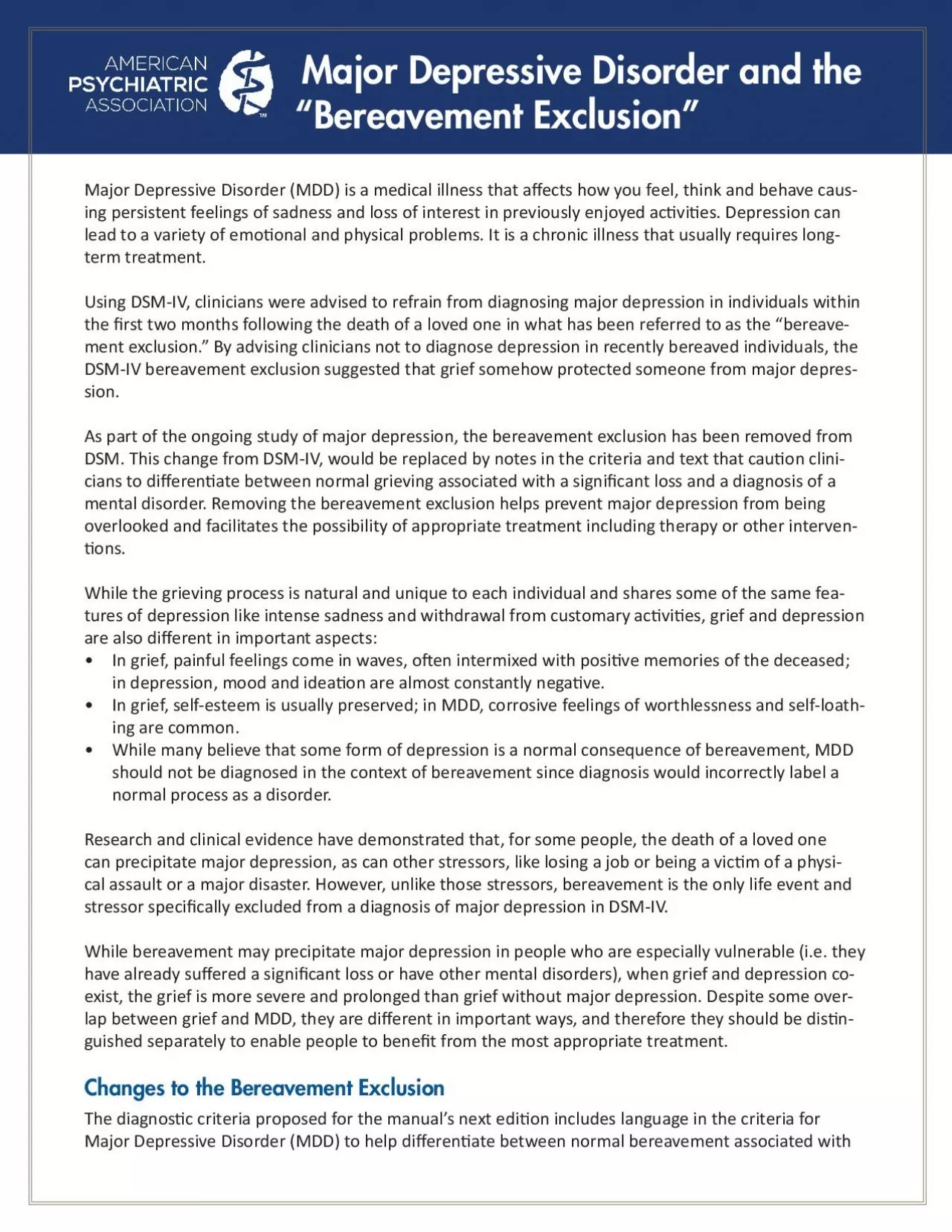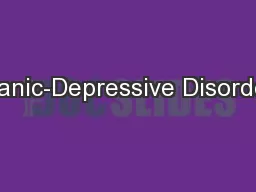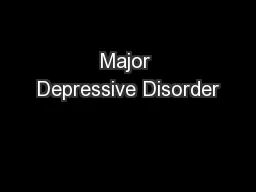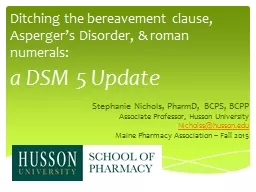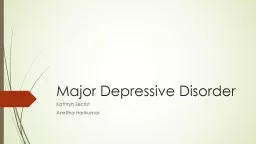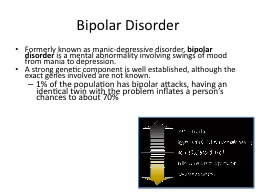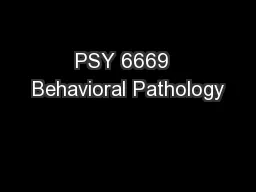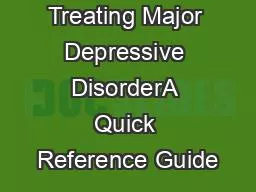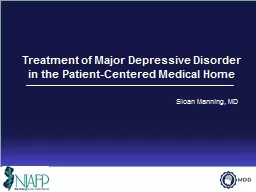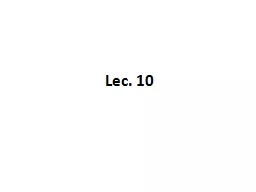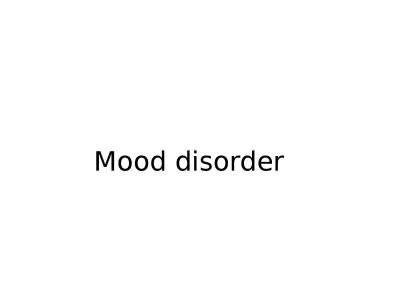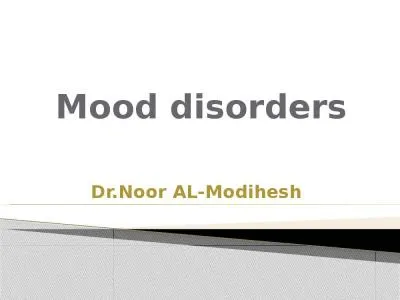PDF-Major Depressive Disorder and the
Author : cora | Published Date : 2022-08-16
Major Depressive Disorder MDD is a medical illness that ax00660066ects how you feel think and behave causing persistent feelings of sadness and loss of interest
Presentation Embed Code
Download Presentation
Download Presentation The PPT/PDF document "Major Depressive Disorder and the" is the property of its rightful owner. Permission is granted to download and print the materials on this website for personal, non-commercial use only, and to display it on your personal computer provided you do not modify the materials and that you retain all copyright notices contained in the materials. By downloading content from our website, you accept the terms of this agreement.
Major Depressive Disorder and the: Transcript
Download Rules Of Document
"Major Depressive Disorder and the"The content belongs to its owner. You may download and print it for personal use, without modification, and keep all copyright notices. By downloading, you agree to these terms.
Related Documents

